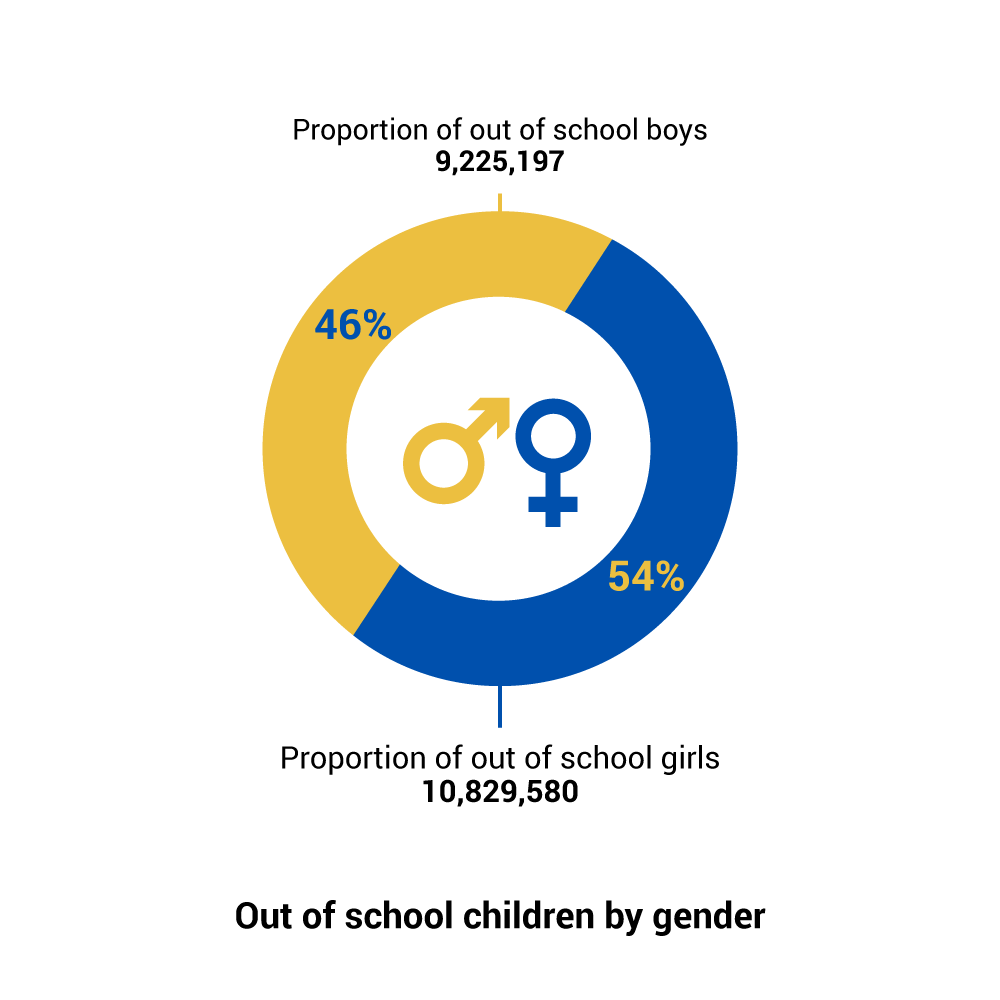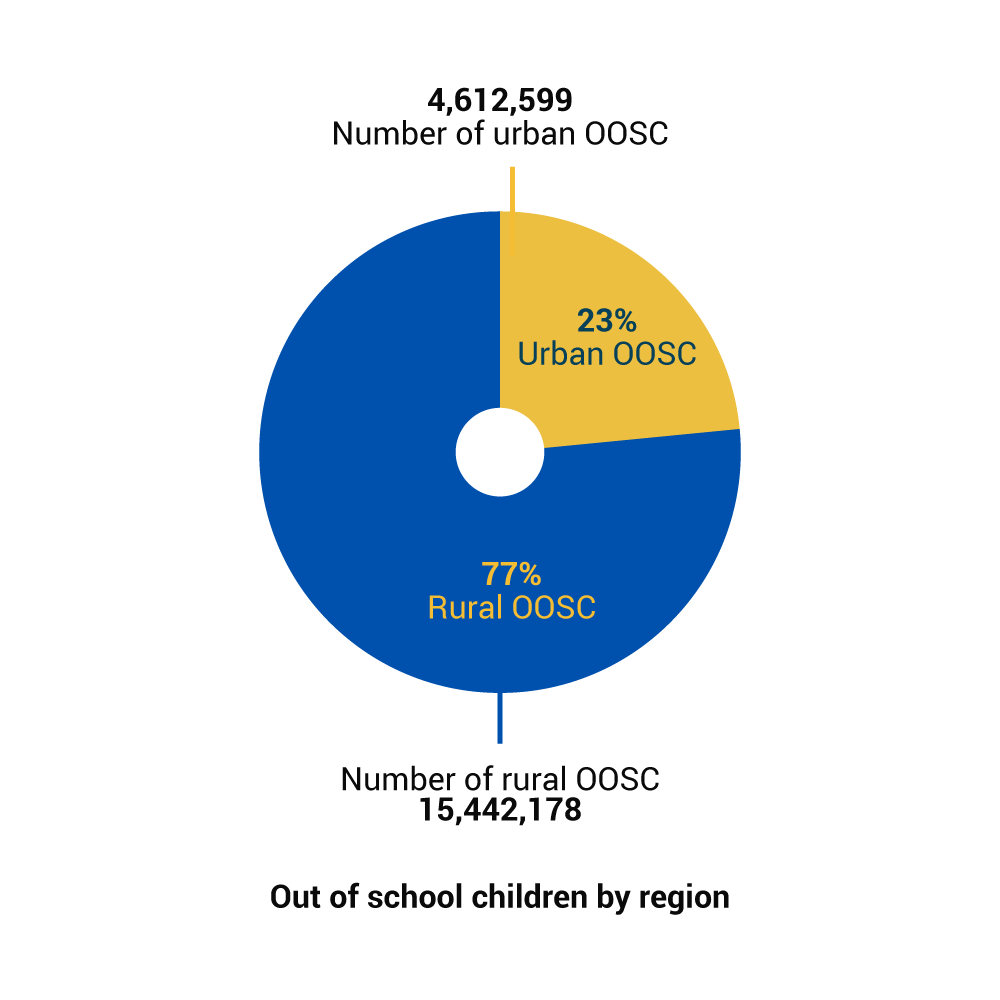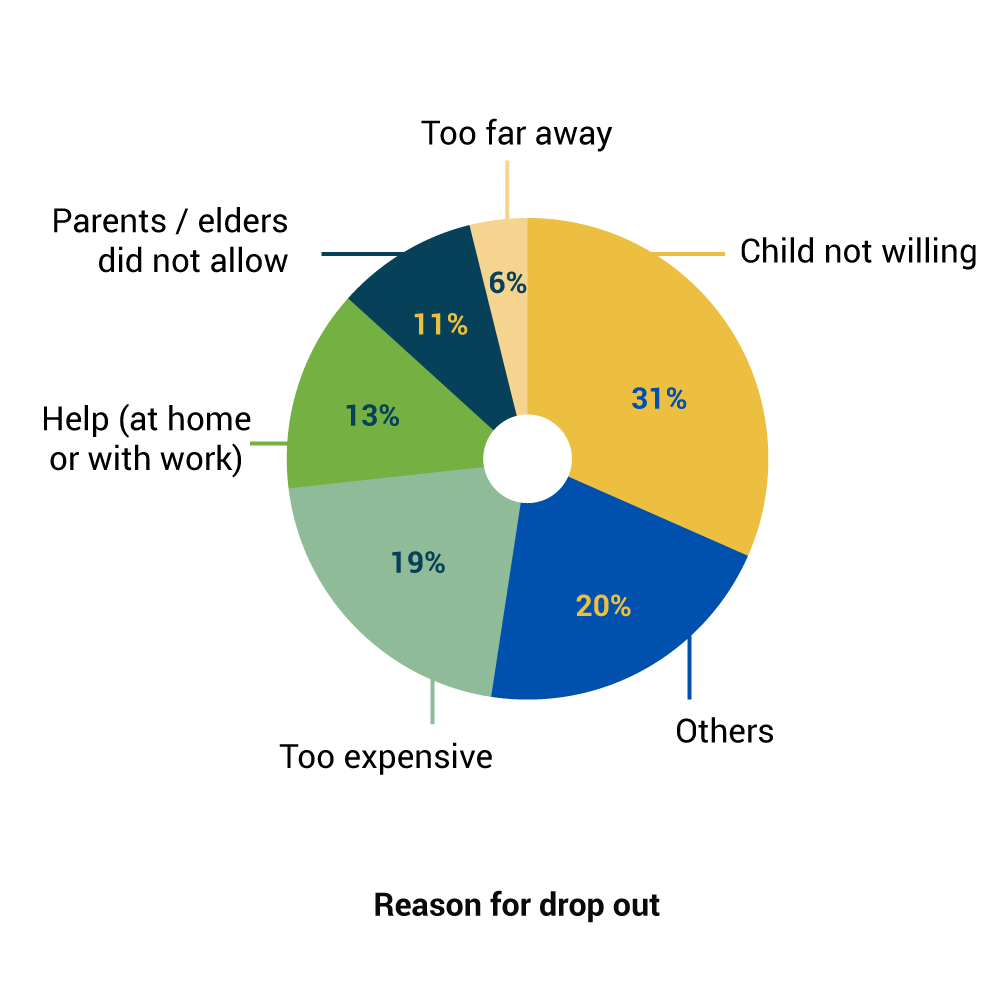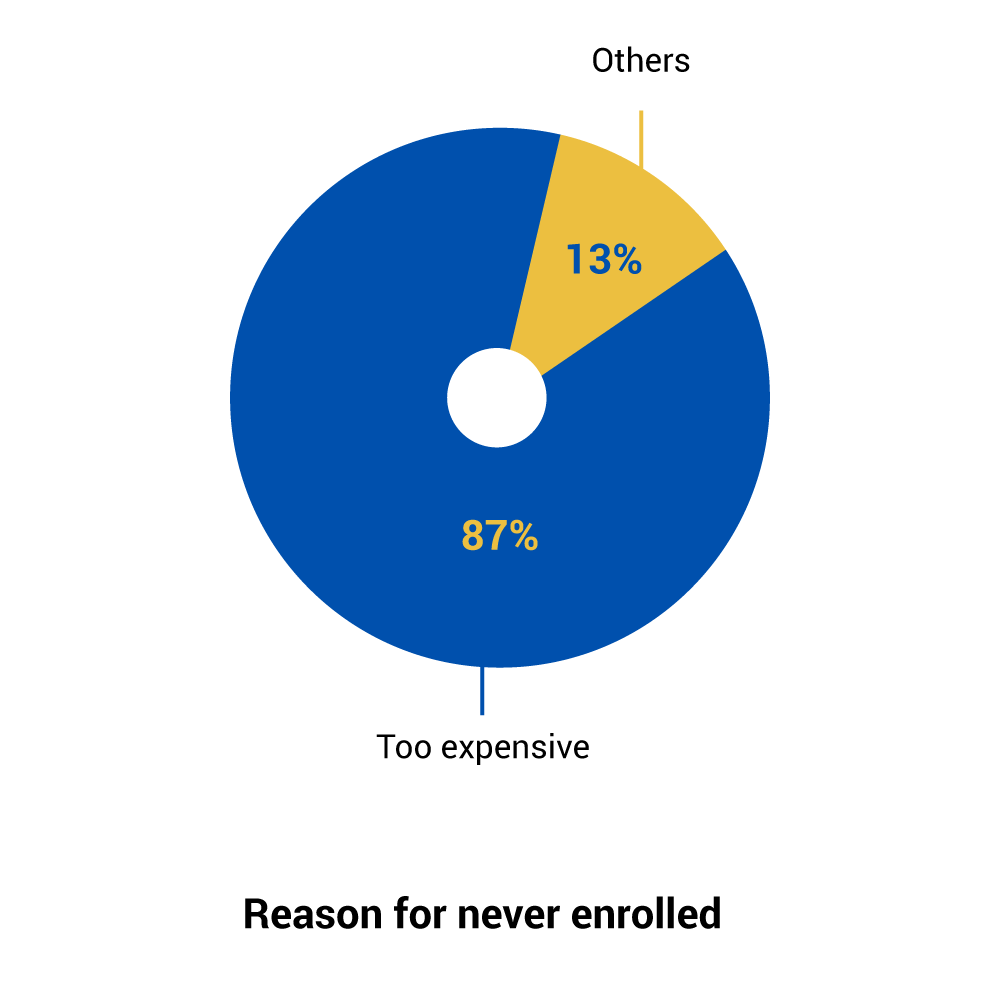Out of School children (OOSC) in Pakistan
Out of School Children (OOSC) are children of school-going age who do not attend school. Article 25-A of the Constitution specifies the compulsory school-age range as five to sixteen years. The author of this study, Pak Alliance for Maths and Science, focuses on OOSC between the ages of 5 and 16 who are not attending school in order to keep the analysis focused on the bare minimum and the publisher of the story is DAWN.
There are two types of OOSC:
- Children who have never attended school
- Children who have attended school in the past but have since dropped out
OOSC proportions by gender
-
Gender disparity in education has remained a persistent challenge. Among the out-of-school children, 54 percent are girls and 46 percent are boys. This translates to 10.8 million girls and 9.2 million boys not going to schools across the country.
-
In 16 Balochistan districts, girls make up the majority of the OOSC. Nushki has the highest percentage of females in the OOSC, with 74%, followed by Pishin with 65%. Boys and girls are split 50-50 into three districts (Sibi, Killa Abdullah, and Bolan). OOSC is concentrated in nine districts, each with a majority of boys.
-
In all 32 districts of Khyber Pakhtunkhwa, girls account for 50% or more of the total OOSC population. Girls account for more than 60% of the total OOSC in 22 districts. With 72 percent of OOSC girls, District Kohistan has the highest proportion of females.


- In 22 of Punjab’s 36 districts, girls make up the majority of the OOSC population. In four districts, including Mianwali, Attock, Bhakkar, and Chiniot, girls account for 60% or more of the total OOSC population. Boys make up the majority of the OOSC population in 11 districts. In the districts of Narowal and Gujranwala, boys account for more than 60% of the OOSC population.
- In Sindh, seventeen districts have more out-of-school girls than boys, while eleven districts have more out-of-school boys. Proportions of OOSC by region More than three-quarters of Pakistan’s OOSC (77%) live in the country’s rural areas. Rural areas account for 15.4 million of the country’s total OOSC, with 4.6 million (23%) of those who do not attend school residing in urban areas.
- The rural majority of Pakistan’s OOSC is a factor that is consistent throughout numerous districts in all four provinces.
There are 14 districts in Balochistan where more than 90% of the entire OOSC population is from rural regions. District Lasbela is an exception in that its OOSC population is dominated by children from urban areas (67%) rather than rural areas (33 percent).
Reasons for never attending school

-
It is critical to comprehend the reasons why children are absent from school. Eighty-seven percent of youngsters who have not attended school stated that it is ‘too expensive,’ while 13% stated various reasons for not attending.
-
Thirty-one percent of students who dropped out said they were unwilling to continue attending school, while 19 percent said it was too expensive. Thirteen percent dropped out in order to assist at home or at work. Eleven percent of children dropped out of school because their parents/elders would not let it, and six percent dropped out due to the considerable distance between school and home.
-
A more in-depth examination of the reasons for student dropouts at the provincial level reveals that distance between home and school (i.e. too far away) contributes considerably to children dropping out of school in Balochistan (15%) and in some sections of Khyber Pakhtunkhwa (11 percent). Children’s willingness and educational expenses are identified as the main causes for dropping out of school in Punjab, Sindh, and Khyber Pakhtunkhwa.

About SFF
SFF collects funds from donors across the globe, connecting them with underprivileged children and schools all over Pakistan

501(c)(3) organization
IRS audited organization


